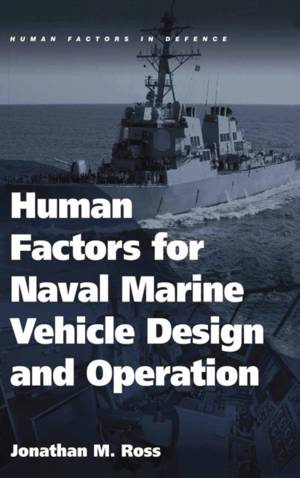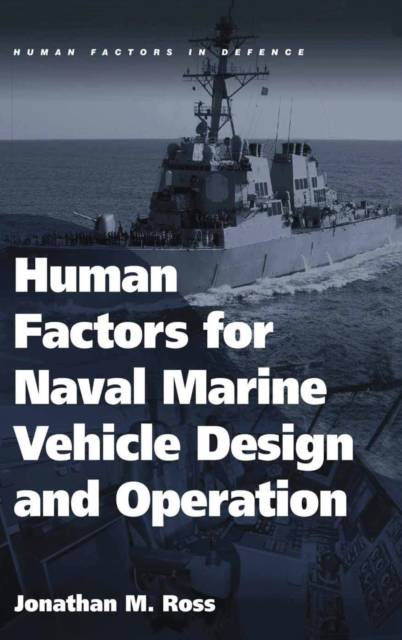
- Afhalen na 1 uur in een winkel met voorraad
- Gratis thuislevering in België vanaf € 30
- Ruim aanbod met 7 miljoen producten
- Afhalen na 1 uur in een winkel met voorraad
- Gratis thuislevering in België vanaf € 30
- Ruim aanbod met 7 miljoen producten
Zoeken
Omschrijving
There is a driving need for naval professionals to focus on human factors issues. The number of maritime accidents is increasing and the chief cause is human error, both by the designer and the operator. Up to now, there has been no overarching resource available to naval marine vehicle designers and human factors professionals which bridges the gap between the human and the machine in this context. This book integrates knowledge from numerous sources as well as the advice of a panel of eight recognized experts in the fields of related research, development and operation. The result is a reference that bridges the communications gap, and stands to help enhance the design and operation of all naval marine vehicles.
Specificaties
Betrokkenen
- Auteur(s):
- Uitgeverij:
Inhoud
- Aantal bladzijden:
- 244
- Taal:
- Engels
- Reeks:
Eigenschappen
- Productcode (EAN):
- 9780754676256
- Verschijningsdatum:
- 28/01/2009
- Uitvoering:
- Hardcover
- Formaat:
- Genaaid
- Afmetingen:
- 156 mm x 234 mm
- Gewicht:
- 517 g

Alleen bij Standaard Boekhandel
+ 641 punten op je klantenkaart van Standaard Boekhandel
Beoordelingen
We publiceren alleen reviews die voldoen aan de voorwaarden voor reviews. Bekijk onze voorwaarden voor reviews.








